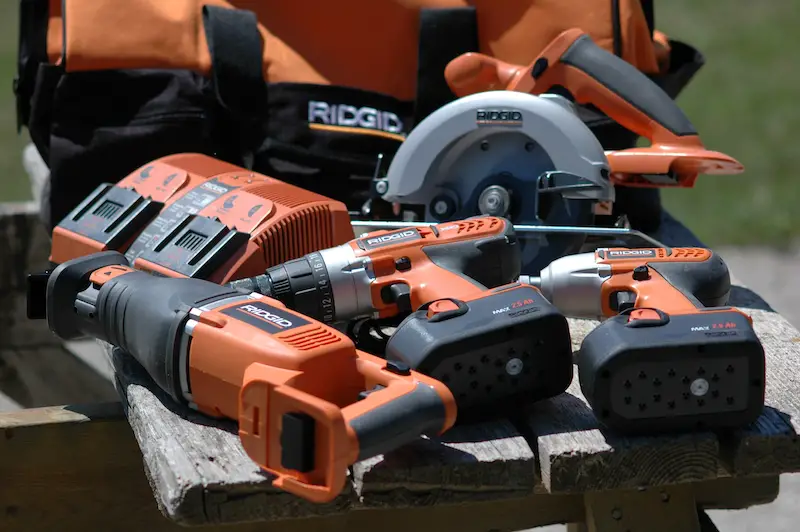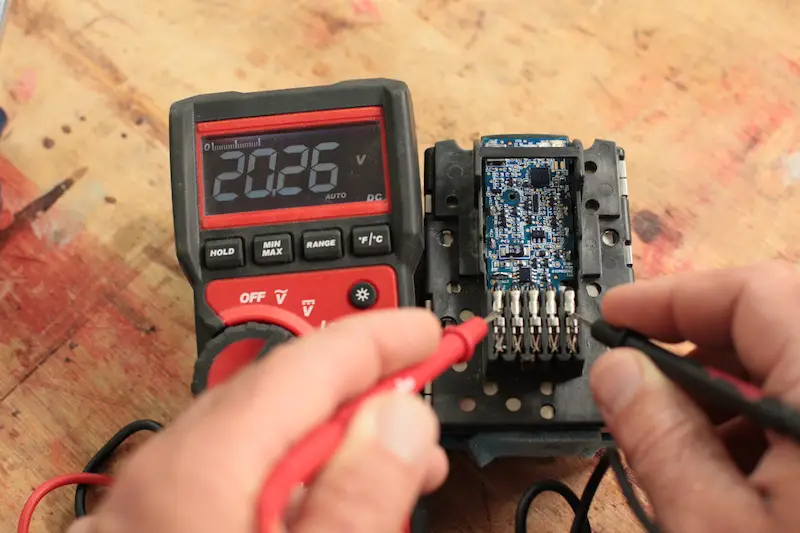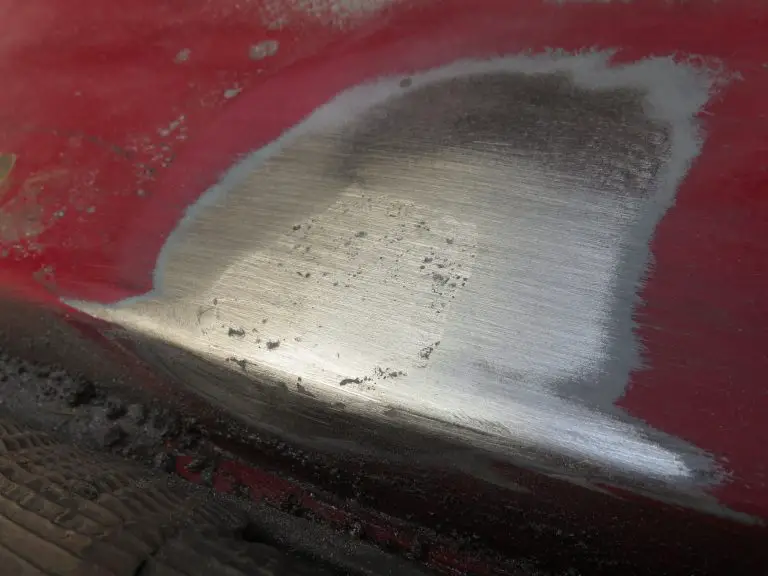Planning to buy some cordless tools? This article can help you buy better for less money. . . let me start with a story.
A few years ago I was part of a volunteer building crew working on cabins and outbuildings at a kids’ summer camp in cottage country, and the experience reminded me just how much a good set of cordless tools can increase what you accomplish in a day.

Cordless Tools Boost Productivity
I’d brought lots of cool new tools to share with the crew for the weekend building project, including three sets of cordless tool combo kits. These are tool collections offered by all manufacturers at special prices, but it wasn’t until I took a phone call the next week that I discovered just how valuable those combo kits were.
“When you left to go home with your tools on Sunday afternoon, and we had to switch back to corded stuff for the rest of the day, productivity dropped right off,” lamented Bryan, camp manager. “When are you coming back again?”
With good cordless tools always within reach in my workshop, I’d forgotten how valuable they are. But the fact is, cordless tools can more than double the amount of work you get done in a day, and combo kits consistently offer the most value for your cordless tool dollar.
Combo Kits are King
The Ridgid 18-volt combo kit shown above is a typical case in point. This brand is one of a handful that are exclusive to Home Depot and I just checked the price of the current version of the five-tool kit. As of 15Dec2022 it’s selling for about $249. It wasn’t that long ago that you’d have to pay nearly that much money for a good 18-volt drill in a cardboard box. Even today, you’ll pay one third this amount for just a good drill or impact driver. I have no reason to recommend Ridgid or any other brand, it’s just an example of the savings combo kits offer.
Most tool manufacturers offer pretty decent cordless combo kits, but this doesn’t mean that you can buy blind. The first thing to consider is tool voltage. In the world of cordless tools, voltage roughly equates to tool power, and for general-purpose applications like finishing your basement, building a deck or adding an addition to your home or cottage, go for an 18-volt system. It’s got enough power to replace corded tools for most jobs, yet modern 18-volt systems are also light enough not to be a burden in your hand. The best even come with a 20-minute battery charger.
The biggest drawback with cordless tools is the cost of replacement batteries. No tool battery lives forever, and new batteries can easily cost $100, $200 and even $300 each. Manufacturers offer substantial warranties to cover this risk, but none match the battery warranty offered by Ridgid. If you register yourself as a tool owner within 90 days of purchase, Ridgid offers a lifetime warranty on their batteries. When they stop working (and all batteries do), you can get free replacements forever.
Understanding Tool Voltage
DEWALT is unique in the tool world in that they advertise cordless tools as having 20 volts, not 18. This does not say anything about tool power because all 18 volt batteries put out 20 volts at rest, and 20 volt DEWALT batteries put out roughly 18 volts under load. The difference in these numbers is all about how voltage is measured, and not that DEWALT 20 volt stuff is any more powerful than all the other 18 volt tools out there. Below you can see me measuring voltage output from an 18 volt Milwaukee battery pack at rest.

Understanding Battery Capacity
Another key cordless combo buying issue is the amp-hour capacity of batteries. This is poorly understood by most people, but it’s enormously important because it determines how much work a tool does between charges.
If voltage translates to the horsepower of a cordless tool, then the amp-hour rating of the battery is the size of the gas tank. The smallest 18-volt cordless tool batteries these days carry a measly 1.3 amp-hour rating. The biggest batteries are whopping 12.0 amp-hour units. That means more than 9x as many screws driven, boards cut and holes drilled between charges. Yes, 9x.
Mike was one of the guys on that kids’ camp building crew, and after he borrowed one of my cordless impact drivers to work on a dock, he came back all smiles. “I took one of those big batteries with me because I’d be driving 4-inch deck screws and didn’t want to walk back to the charger,” explained Mike, “but that first battery never ran out. I can hardly believe how long that thing ran.”
Like I said, amp-hours really matter.
For years power tool companies didn’t advertise amp-hour battery ratings, but that’s changed. And as manufacturers begin playing one-upsmanship on the issue of amp-hour battery capacity, you’ll know what to look for.
Ryobi is Unique
Ryobi cordless tools have consistently offered amazing value for the dollar, and they’ve done this for years. Like Ridgid, Ryobi is sold only at Home Depot. In fact, both Ridgid and Ryobi brands come from the same parent company, an outfit called TTI. I even know professionals who swear by Ryobi. They’re so economically priced that they’re more or less disposable in the rough-and-tumble world of professional building.

If you’ve got more than just a picture to hang in your house, and you want to max your productivity by going cordless, then you’ll save money and hassles with a good combo kit. Just be careful whom you lend it to. You might get invited to more volunteer building jobs than you bargained for.












